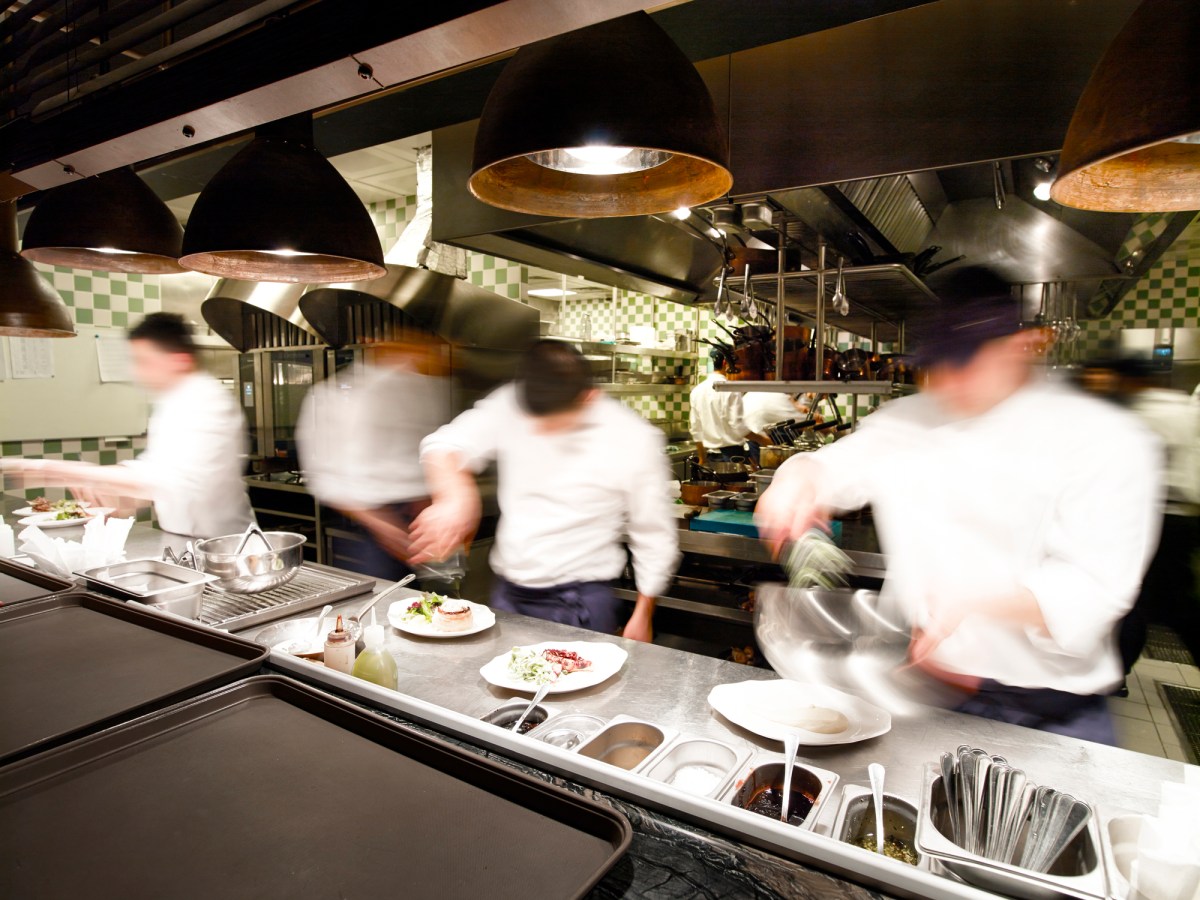In his new column, club consultant chef Paul Rifkin looks at how to manage ordering bottlenecks.
One of the most common challenges in a kitchen is, how to manage the bottlenecks caused by orders coming too quickly. With many clubs still facing chef shortages, especially regional clubs, the challenge is real. Often holiday destinations are faced with large customer queues of grumpy and impatient city folk who don’t want to wait.
There are many ways to navigate the “wait time”, usually customers are advised of a 45-minute or 1-hour delay, due to the sudden influx of trade. In some venues, this can blow out to longer times. Managers can often be seen demanding to know from the chef “how long for table X”, passing on to the kitchen the frustration they received from the customer. This usually creates a higher level of anxiety with the kitchen team, with the possibility of slowing the food down further.
The debrief after such a session results in a blame game: orders were taken too quickly; we had the weaker team on today; the waiters kept making mistakes; the fryers couldn’t keep up; we don’t have enough oven space; and many more.
Whilst FOH can sometimes be fine-tuned and orders staggered, the failure of kitchen equipment to perform is usually overlooked as “chefs just whinging”.
In my experience, equipment not up to the task is the difference between an efficient kitchen and one that struggles, yet this area is often overlooked and ignored. More often than not, aged and slow-performance equipment is nursed along for years past its “use by” date, breaking down and waiting for spare parts, or, in regional areas, enduring long waits for a service person to arrive.
A high-performance fryer will recover quickly and hence more throughput, an impinger pizza oven will cook in half the time, weak ovens struggle to reach temperature when fully loaded, stoves with clogged or low BTU flames cook in twice the time, salamanders are often half working, heat lamps don’t function fully. And the list goes on and on through the kitchen.
All of these shortfalls are a big cause of slow kitchen performance when busy. Perhaps now is the time to review your equipment for its “fitness for purpose” and listen to the chefs’ concerns, also seek professional advice from an independent review.
Paul Rifkin: Head Chef Mentoring and
Fine-Tuning Specialist for Club Catering
chefpaulrifkin consulting



Excellent article.
Really well written
Straight to the point and true to 100%
Just wish that owners would adhere to basic common sense re quality of equipment, staff training, etc